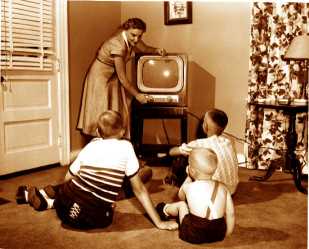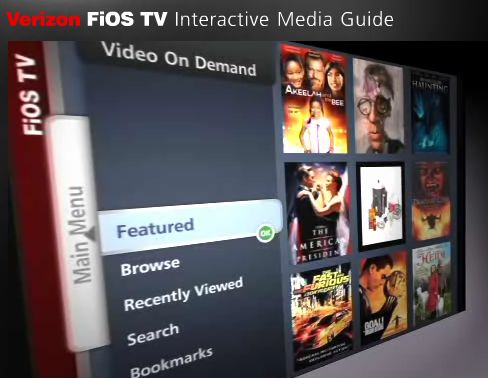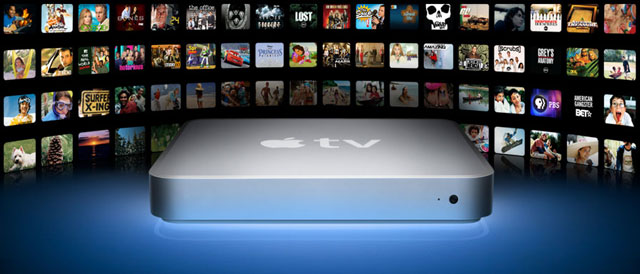Last year while shooting HBO Labs “Hooking Up,” a fellow named Bobby Jennings introduced himself. Turns out he’s the guy you know as “Punchy” from the popular series by Wicked Awesome Films on YouTube (see also the group’s website). He was the first online-video guru to respond to my invite for guest-blog contributions this month. Here’s his contribution:
Wicked Awesome Films – A YouTube Story by Bobby Jennings
I’m from Massachusetts. I went to film school at Emerson College in Boston. I interned at MADtv in Los Angeles and stayed here. I took some classes at the Groundlings and in the earlier half of this decade I made some comedy videos and put them online. The most successful link we ever had was in 2004 from CollegeHumor and it crashed my meager web site. Then along came YouTube.
My YouTube Story is pretty typical. I was watching SNL in December of 2005 with my friend Kevin Brueck. It was another mediocre episode until the screen went black and the words “SNL Digital Short” came up. The short was, of course, “Lazy Sunday” with Andy Samberg, Chris Parnell and written and produced by The Lonely Island. We loved it. We loved it so much we really did NOT say a word to each other as we rewound TiVo and watched it six more times in a row.
“We can do this,” I said. Kevin agreed.
When I went into work on Monday, I talked to co-workers about the sketch. Some had seen it. Others hadn’t. Like millions of others, I decided to google-search the video and the first viable link that popped up for me was on a site called YouTube. I remember thinking to myself, “What a corny name for a web site.”
My Google-searching led me on a stalker-like rampage as I learned that Andy Samberg had two talented partners in crime with Akiva Schaffer and Jorma Taccone. I also learned that they had produced a great show called “The ‘Bu” for an LA-based monthly video festival called Channel 101. Apparently every other aspiring comedian with a Panasonic DVX100 had heard it too because the January screening of Channel 101 was packed to see what it was all about. I remember seeing Jack Black there and the look on his face said it all — “This used to be a cool indie thing. WTF?”
Kevin and I had already signed up to YouTube but we rarely posted. We spent most of 2006 producing 5-minute pilots for Channel 101 that never made it into the show. Finally fed up, we wrote a few sketches in Fall 2006. In January of 2007 the YouTube editors (back when people chose what was on the front page) put our sketch “Punchy” on the front page. It blew up. Lucky for us, at that time YouTube didn’t have all the techno-power that it eventually would so Punchy appeared in a heavy rotation quite a bit. At one point we were #6 most-subscribed Comedians. I remember thinking, “That’s cool, I guess…”
Ah, the good old days.
We made a classic blunder. The whole idea, from our point of view, was to get noticed enough online so that we could have “real careers.” We almost were on several television shows, almost had our own TV show, almost made a low-budget feature sketch movie… almost, almost, almost. Meanwhile, while our focus was elsewhere, YouTube was rolling out the partner program. We gladly accepted and kept posting whenever we could. But the big mistake we made was not putting all of our time and effort into creating regularly delivered programming to our YouTube channel.
In 2008, as we watched the YouTube community explode, we weren’t producing as much and we were losing our audience. In general, subscriberships went through the roof and YouTubers were making careers. Most of these channels with huge constituencies were one-man bands, or “vloggers” for the most part. I didn’t have big boobs and neither did Kevin, so how were we expected to compete!? (I kid, I kid…) I was watching, trying to understand why, but the answer was clear – Nalts knew – the audience was connecting with personalities who posted frequently, not our once-a-month comedy sketch.
I admit my online video hubris. And I’ve learned some key lessons. You may have already heard or read these somewhere else, but anyway, here they are:
- Communication with other YouTubers is great but collaboration is essential to growing your channel
- Communicate with YouTubers by making video responses, commenting on videos, reply on Twitter – just engage. It’s really that simple. Oh, and make decent videos.
- Most YouTubers I’ve met are far cooler, nicer, smarter and more talented than I anticipated (seriously)
- If you have a channel with more than one “owner” also create a “personality-focused” channel. I started contributing to my own channel BOBJENZ in January 2009. While having far less subscribers than Wicked Awesome Films, the engagement level is arguably the same and in some instances higher because of the more-frequent video posting (simpler sketches and a sporadic rip-off of Philip DeFranco’s news commentary show). It’s also because there’s a lot of “direct address” to the camera – Nalts understood this far before I did and that makes the jerk smarter than me.
- The most successful YouTubers I know swear by this – it’s gotta be close to the golden rule – say when you’re going to post videos and deliver consistently. Shane Dawson delivers every Saturday. Phil DeFranco delivers almost every weekday. Fulfill that promise to your audience with consistently good content and you’ll have a loyal, growing audience.
It’s important to note that this is all catch up for me. This is old hat to the many successful YouTubers out there now. It’s also important to note that YouTube changes constantly and that it will affect your viewership, but the thing that I believe will never change is again – say when you’re going to deliver and never break that promise. Do that consistently well and you’re golden.
Finally, some predictions for 2010:
- YouTube will ditch the “Friends” altogether and use a “Follow” model (sub to videos, comments, ratings, etc of a user)
- YT Partners will be able to communicate via “text broadcast” to all subscribers
- YouTube will allow for live streaming on partner channels
- The YouTube Channel will get yet another UI overhaul; in this it will encourage users to curate & share more effectively
- The Apple Tablet will work directly with your TV to get a real-time two-screen experience; but this will lead to something even cooler — every TV remote control will have a touch screen, supplementary data, polls, ratings, even advertising on it in next couple years – maybe we’ll see the first of these in 2010
- Shane Dawson will be the #1 most subscribed channel on YouTube by May 2010. He’ll also get a TV deal.
- iPhone will open up even bigger when Verizon gets a deal, mid year – more video consumption





